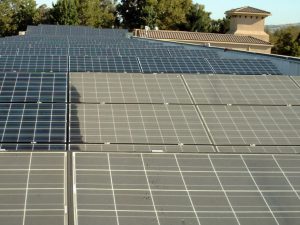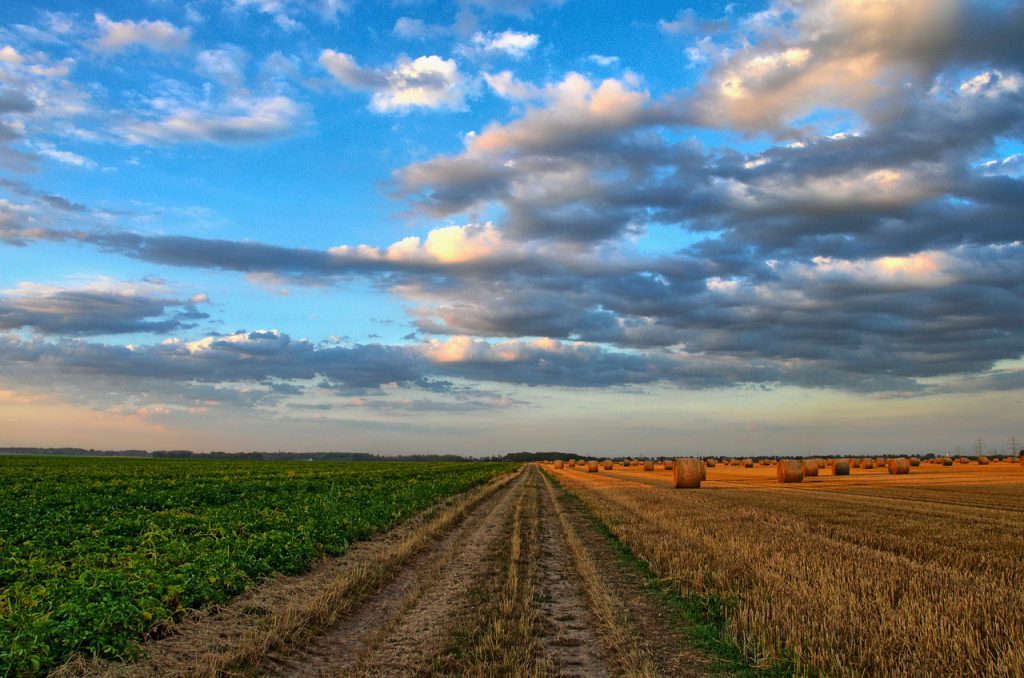Weather monitoring stations are must from the compliance point of view as well as for efficient management of any solar plants. Many times, plant owners as well as EPC agencies are confused while selecting weather monitoring stations for their plant.
This article puts together all the factors which should be considered while selecting as well as installing a WMS on the solar power plant.
A. Size Of The Plant And Terrain:
Even before one goes in the details of a weather monitoring station, the first decision on which one needs to arrive is the number of weather monitoring stations required for a given plant. The number of WMS (Weather monitoring stations) required to properly monitor a solar plant depends on the size of the plant. As a rule of thumb, for smaller plants of capacity in the range of 5 MW to 10 MW, a single weather monitoring station is sufficient.
For larger plants, multiple WMS must be installed. If plants are of medium size, i.e. 25-50 MW, then 1 primary WMS with 2 pyranometers (to measure Global Horizontal Irradiance GHI and Global Tilt irradiance GTI) and all the weather sensors must be installed. These medium-size plants must also have multiple secondary weather monitoring stations with 1 Datalogger, 1 pyranometer (to measure Global Tilt Irradiance GTI) and 1 module temperature sensor.
One might wonder why more than one WMS are required for larger plants. The number of WMS required does not depend solely on the plant capacity. Another factor which determines the number of WMS required is the geographical distribution of the solar panels. Sometimes, due to hilly terrain, solar panels are installed at geographically distinct locations and as a result, the micro weathers vary considerably. Considering this, the number of WMS required will depend on the number of such ‘micro-regions’ in the given site.
B. Selection Of Data Logger:

A data logger is the heart of any weather monitoring station. Data loggers available in the market differ from each other on various parameters like resolution, the number of parameters monitored a frequency of parameter logging etc. Even a slight error in the measurement of any parameter can drastically impact the calculated PR values. Even if one selects high-quality sensors, the wrong choice of data logger will degrade the WMS performance. Hence, finalizing a data logger is one of the most crucial steps in selecting a WMS.
C. Parameters To Be Monitored And Selection Of Sensors
While sensors are available to monitor many weather parameters, one must choose which parameters are necessary to be monitored. Based on that, one needs to select the sensors.
While selecting sensors for given parameters, it is equally essential to evaluate sensors on multiple parameters like response time, range etc.
A data logger is the heart of any weather monitoring station. Data loggers available in the market differ from each other on various parameters like resolution, the number of parameters monitored a frequency of parameter logging etc. Even a slight error in the measurement of any parameter can drastically impact the calculated PR values. Even if one selects high-quality sensors, the wrong choice of data logger will degrade the WMS performance. Hence, finalizing a data logger is one of the most crucial steps in selecting a WMS.
D. Normally, the following sensors are used in a WMS

- Thermometer: Thermometers are thermopiles, also called as module temperature sensors which measure the temperature of the photovoltaic panels. As the temperature of the panels goes up, their efficiency drops down. Thermometer ensures that the temperature of the PV panels is recorded.
- Anemometer: Anemometers are used to measure the velocity of winds. Cup type anemometers are most commonly used.
- Wind Vane: In some applications, knowing only the wind velocity is not enough, but the direction in which the wind flows is also required to be monitored. A wind vane or a weather vane is used for this purpose.
- Hygrometer: A hygrometer is a device which is used to measure humidity or moisture content in the air. Different types of hygrometers function by monitoring changes in certain parameters like dew point, capacitance, and electrical resistance to find out the actual humidity.
- Barometer: Analyzing pressure can help to forecast the weather changes. Barometers are used to measure the atmospheric pressure at the given location.
- Rain Gauge: The rain gauge is used to find out the rainfall at the given location.
- Pyranometer: Pyranometers are used to measure the solar radiation at the given location. Depending upon the type of the pyranometer (PV based or thermocouple-based), the bandwidth of the measurement would be decided.
Apart from the above-mentioned sensors, some weather stations can have ultrasonic snow depth sensor, sensors to measure cloud height etc. depending upon the location and the purpose of the use.
These are some points which are important from a perspective of selection of a WMS
E. There are many points which one must consider from operation and maintenance perspective while setting up a WMS.
- Location of WMS in the plant: Ideally, the WMS should be installed next to the solar panels to ensure the consistency of weather. If at all it is not possible to install the WMS next to the panels, they should be installed in such a way that they do not fall under sun or Sind shadow regions. also, WMS should be installed at locations where flooding will not happen during the rains otherwise the data logger will get affected due to the floods.

- Power Supply: While a WMS can be powered by AV power, it is recommended to use a separate DC power supply powered by a solar panel for the WMS. Rains increase the chances of short-circuits which damage PLC which results in damage to data loggers and sensors. Instead of using power from AC source, using a DC panel based independent power supply for WMS will certainly reduce the chances of short circuit and will bring down the quantum of losses happening on account of short circuits.
- Encasing for The Data Logger: It is necessary that data logger is enclosed in an enclosure with satisfactory ingress protection. WMS is often installed on sites which face extreme weather conditions. To safeguard the data logger against any damage, it is necessary to have a proper enclosure.
- Lightning Arrestor: A lightning arrestor safely releases the lightning into the ground and prevents the damage it could possibly do to the data logger and sensors. Lightning generates high surge because of which data logger and sensors might get burnt. Considering the high cost of sensors and data logger, installing a lightning arrestor is a very cost-effective solution. It will also prevent the loss of data because of damage to the WMS.
For more information, you can visit Weather Stations.
In case, if you’ve any questions, please feel free to get in touch with our team, and our support expert will be more than happy to help you.



